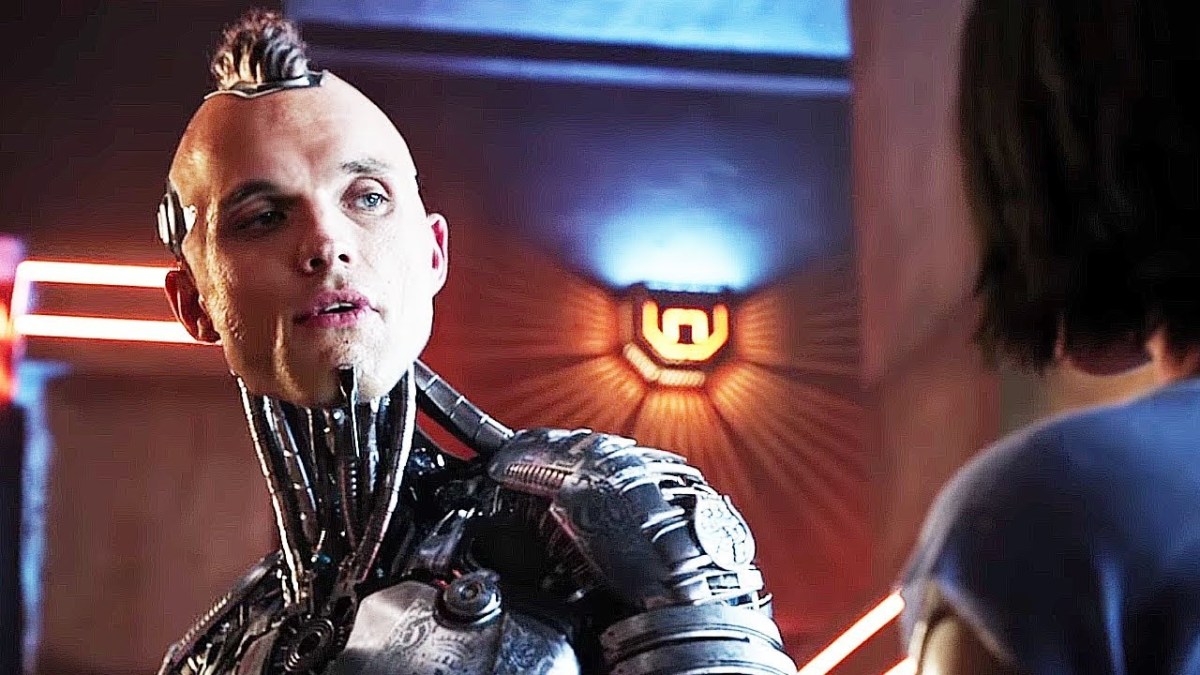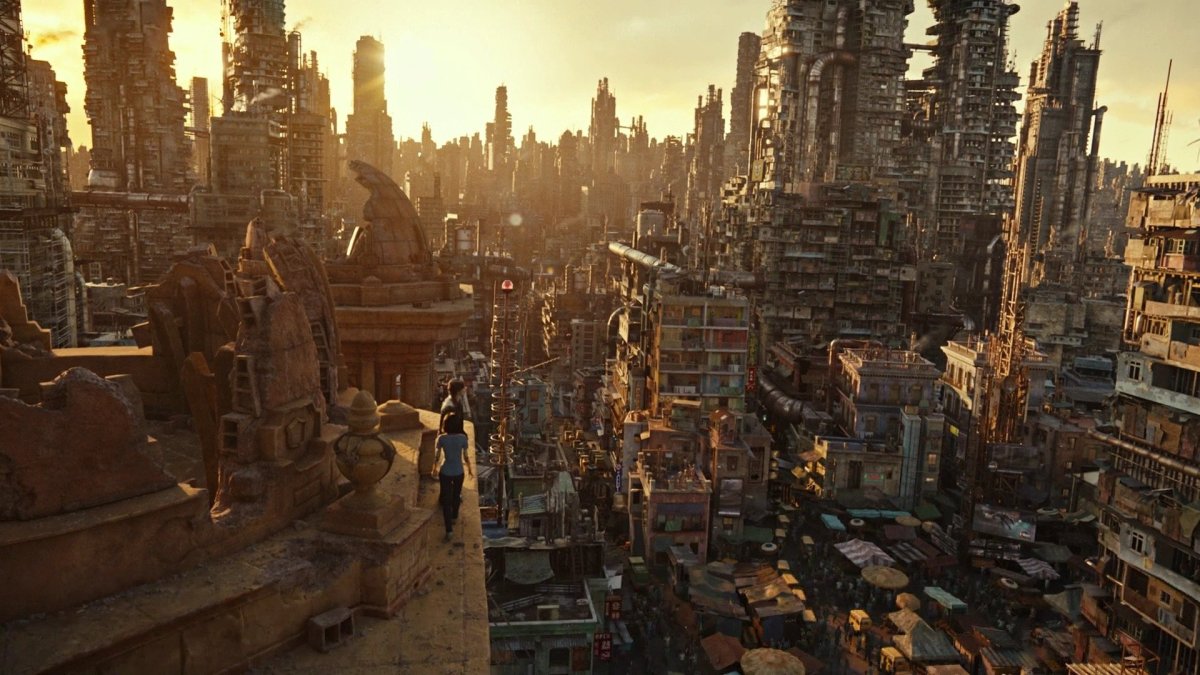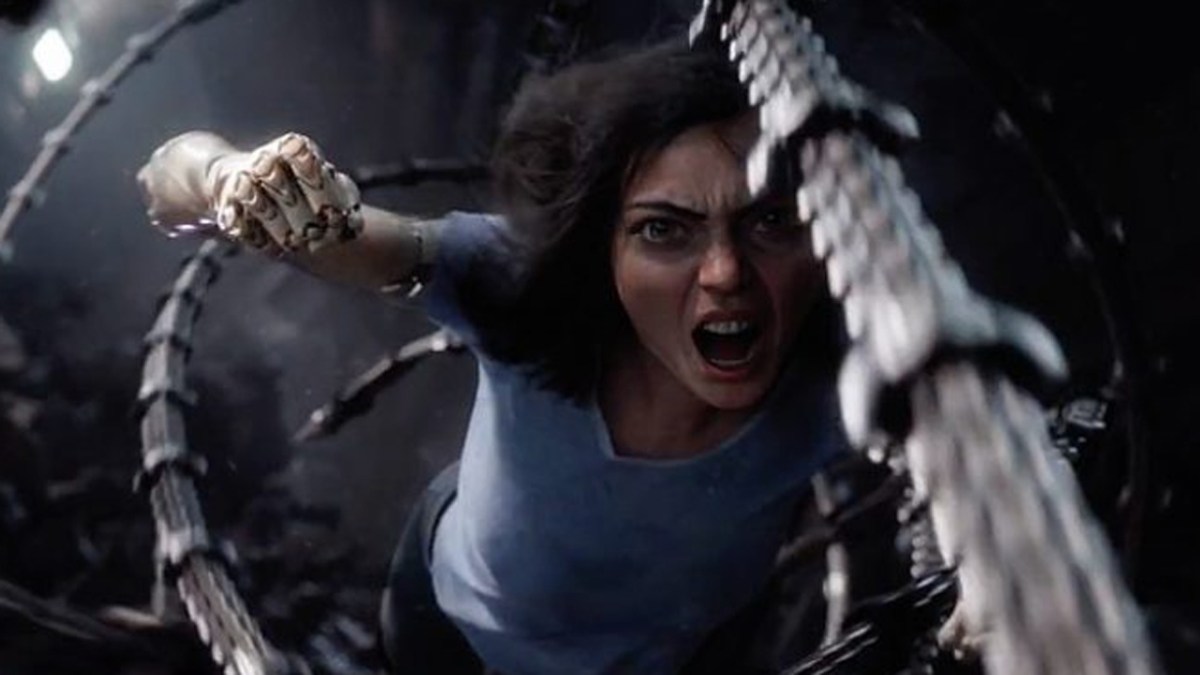Now that it’s been a few weeks since Netflix’s live-action adaptation of One Piece released, I think it’s safe to say that the show is undeniably a hit. Its viewership numbers, at least according to Netflix, are remarkably high and it has performed better than a lot of other Netflix shows, like Wednesday, and even certain seasons of Stranger Things. Scripts have already been written for a second season — provided it gets renewed — and most people actually seem to want that to happen. While I personally thought the first season was alright but not amazing, I can still acknowledge that people seem to love it and are calling One Piece the best live-action anime of all time.
On the surface, I’d easily say that it was one of the best live-action anime adaptations. Granted, when your competitors are stinkers like Dragon Ball Evolution, Netflix’s rendition of Death Note, the overproduced Ghost in the Shell, and if we’re really going to stretch our definition of what anime is, The Last Airbender, it’s not exactly hard to be considered the best. The bar is just that low. But I just can’t get behind saying that One Piece is the best adaptation since I think it has a few key weaknesses, mostly in terms of performances, how certain arcs are truncated beyond recognition and some wonky pacing issues. Besides, it’s impossible for Netflix’s adaptation of One Piece to be the best when Alita: Battle Angel exists.
Released in 2019, Alita: Battle Angel was a passion project 16 years in the making by James Cameron and directed by Robert Rodriguez. Based on a ’90s manga called Gunnm (localized to Battle Angel Alita for the West), the series is an evolution of a lot of the anime cyberpunk traits that could be found in titles like Akira and Ghost in the Shell. The series and film, by proxy, center on Alita, an amnesiac cyborg who is reconstructed by an engineer named Daisuke Ido. As Alita slowly recovers her memory, she engages more with the world she inhabits, namely the poor and destitute city of Scrapyard and the floating idyllic city of Zalem primarily as a bounty hunter.
Related: Netflix’s One Piece Is the Perfect Introduction to the Series

The history of Alita: Battle Angel’s production is almost as fascinating as the final product given how the film was in production hell for so long. It’s funny to me that for as much as Hollywood has been attempting to make their own live-action anime adaptations a thing, most of them end up never being made and have become punchlines to anyone who still remembers them. Case in point, Warner Bros.’s baffling attempt to make their own version of Akira, going through five directors in the hopes that maybe, just maybe, it’ll be made. But leave it to James Cameron, a man who is 1000% dedicated to making sure his vision is brought to life or die trying, to be the one to helm the film.
Allegedly, James Cameron became aware of the series in the early 2000s thanks to Guillermo del Toro, who turned him onto the property. That in and of itself is nothing but a minor miracle given that at the time, Battle Angel Alita’s only presence in the West was a two episode Original Video Animation (OVA) and the manga, which wasn’t in frequent circulation. Cameron became enamored with it the series and wanted to bring it to the big screen, but he became invested with Avatar and trying to bring that project to fruition. When it became clear that his time with Avatar and its sequel Avatar: The Way of Water would take up virtually all of his attention, he asked Robert Rodriguez, a friend of his, to direct the film with Cameron being heavily involved in the film’s production as its producer. And the two were able to eventually get the movie made. From all that, it’s clear that both Cameron and Rodriguez adore the series.
Alita: Battle Angel, as a film, tells a story that we’ve seen before. There’s a visceral class divide between the people of Scrapyard, now renamed Iron City, and Zalem, framing the inhabitants of Zalem as egotistical out of touch socialites who literally dump their trash into Iron City. While we don’t see too much of Zalem in the film, it’s presence is felt not only in how oppressive it is towards people who live horrid lives but also how desirable it is to be there. For people born and raised in Iron City, it’s seen as a paradise not dissimilar from the American Dream. If you work hard enough, of course you can make it up there and live a good life. But the reality of the situation is that no amount of work or effort will enable anyone from Iron City to make it up there. After all, they’re just trash to Zalem.
Related: The Mostly Unknown Cast of One Piece Is A Blessing And A Curse

The film very efficiently relays this message thanks to its world build and just how well designed the world is. Visually, Alita: Battle Angel put a lot of effort into making the dystopian Iron City look like a true cyberpunk world. People walk the streets with all sorts of cybernetic enhancements that are shown off in some admittedly creative ways, mostly thanks to the brutal competitors in the fictional sport of Motorball. In fact, most of the special effects in the film are wonderfully animated, which should be no surprise given that Cameron is known for his technological innovations and Rodriguez is able to effectively shoot an action scene. When the film wants to be an action blockbuster, it delivers violence that you wouldn’t really expect from something that’s a PG-13 movie. In fact, I wouldn’t be surprised at all if there’s an R-rated version of the movie considering how brutal some of the action scenes can be.
Most of these scenes involve Rosa Salazar’s Alita, who is probably the most polarizing thing about the film. It has nothing to do with her abilities as an actress, but rather the decision to make her look… well, like she’s from an anime. Her entire face has been CG’d in order to give her the proportions of an anime character, including her big eyes. And it’s because of this decision and how it nestles her firmly in the uncanny valley that so many people just can’t jive with the movie.
I would argue though that the CG actually serves to help endear us to her, with her larger eyes evoking an almost puppy like aesthetic and wide eyed innocence as she sees the world of Iron City and Zalem with wonder only to have the rug pulled out from under her. Plus, her more humanoid appearance directly contrasts with the villains she goes up against, who use cybernetic enhancements to make themselves barely recognizable as human, most notably through Jackie Earle Haley’s hulkish depiction of the enforcer Grewishka.
Stepping away from the unique design decisions of Alita: Battle Angel, what makes it superior to other anime adaptations like One Piece? Shows like One Piece and even Cowboy Bebop did have more time to flesh out their world and establish a core cast of characters just because they were designed as long-form television series instead of films after all. But Alita: Battle Angel stands above them ever so slightly because it’s not afraid to be what it is; an anime. It leans into and owns the fact that it is an anime and doesn’t try to hide away from it, blending those anime inspired elements well to its broken world.
Related: What Does One Piece Mean To Me?

Cowboy Bebop almost seemed to be ashamed that it was from an anime, doing anything and everything within its power to distance itself tonally from the anime and grounded it in something that, theoretically, should have appealed to Western audiences. One Piece does this a lot better, showcasing anime influenced designs and set pieces that aren’t afraid to be weird, but the dynamic between these more animated moments and the more realistic tone and color palette keeps it from perfectly mixing together. But Alita: Battle Angel’s tone is consistent between the original manga, OVA, and the live-action version. You can tell that Cameron had a reverence for the source material and faithfully did what he could to keep what he loved about the original series alive.
Plus, unlike most other live-action anime adaptations, Alita: Battle Angel was actually financially successful! The movie gross just north of $400 million on a budget of $200 and turned a profit. Most of that came from international markets and home media sales as the film earned about $84 million in America. That’s not a bad number mind you, especially since it over-performed during the four-day President’s Day weekend when it released, but it’s still not an especially noteworthy domestic total. However, positive word of mouth and fan campaigns made sure that Alita: Battle Angel would still be remembered, sometimes intensely so thanks to the #AlitaArmy. However, those efforts seemed to have paid off since James Cameron and Robert Rodriguez have made a blood pact that Alita: Battle Angel would get two sequels, making it a trilogy. He has all of that Avatar: Way of Water cash after all.
There is an argument to made about how One Piece, which is undeniably a bigger anime franchise, can have a more positive impact on the perceptions of live-action anime just through how wide of an audience it reached thanks to Netflix. But popularity doesn’t always equate to high quality and while I said it before that One Piece is a fine show, Alita: Battle Angel is a more entertaining experience. It has the passion of major fans of the franchise behind it who were uncompromising in bringing their vision to the masses. It brought a world that was inspired by and went on to inspire classic cyberpunk titles with action and animation that are still impressive to watch with the best use of an F-bomb I’ve seen in an action movie. It’s based on an anime, but isn’t ashamed of its heritage and tonally uses that to respectfully portray the tone of the original. It’s not a revolutionary movie mind you, but Alita: Battle Angel is at the very least a textbook example of how an anime adaptation should be handled by Hollywood. Now, let’s see how that production of Your Name ends up.
